Retrofit Clamps and Match the Best…
For more information on sash clamps, see our beginner site Common Woodworking.
…well, nearly
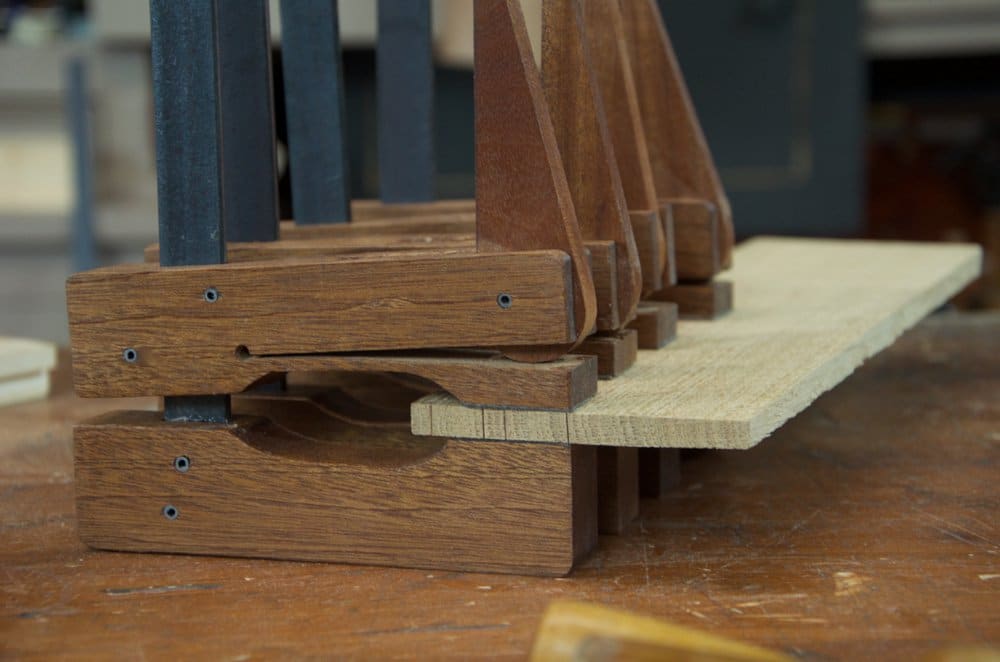
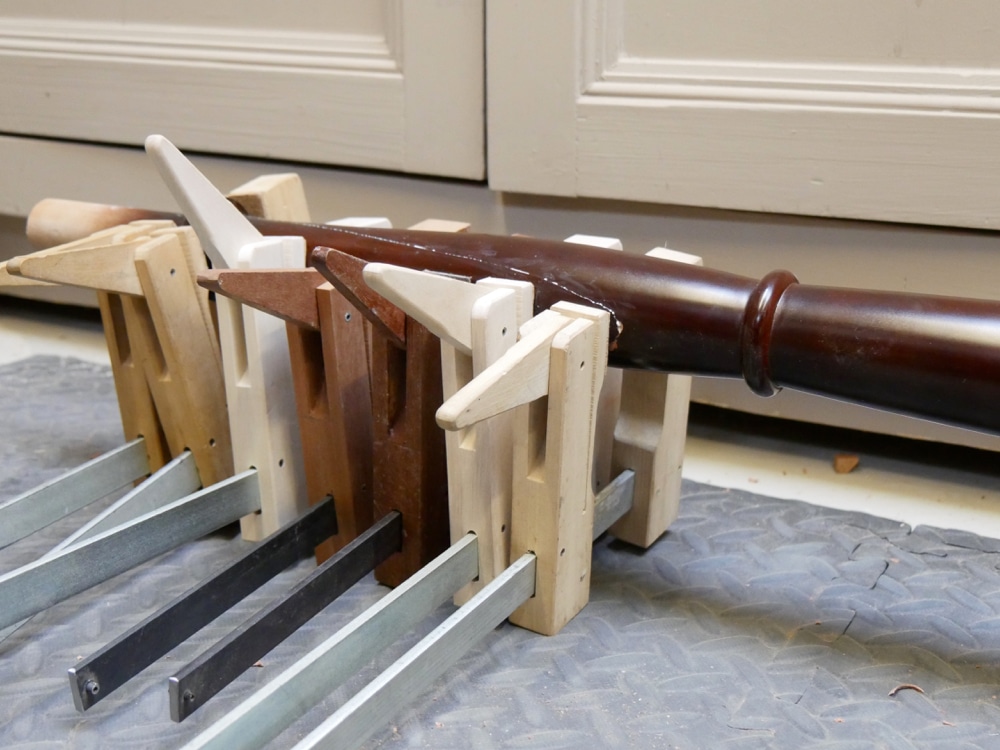
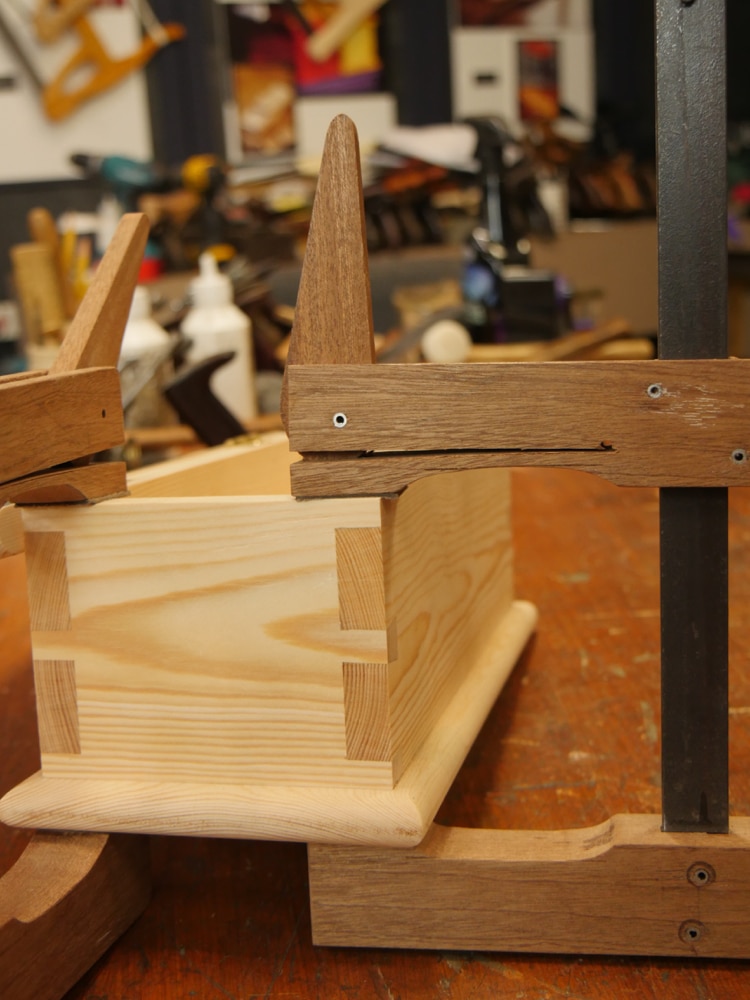
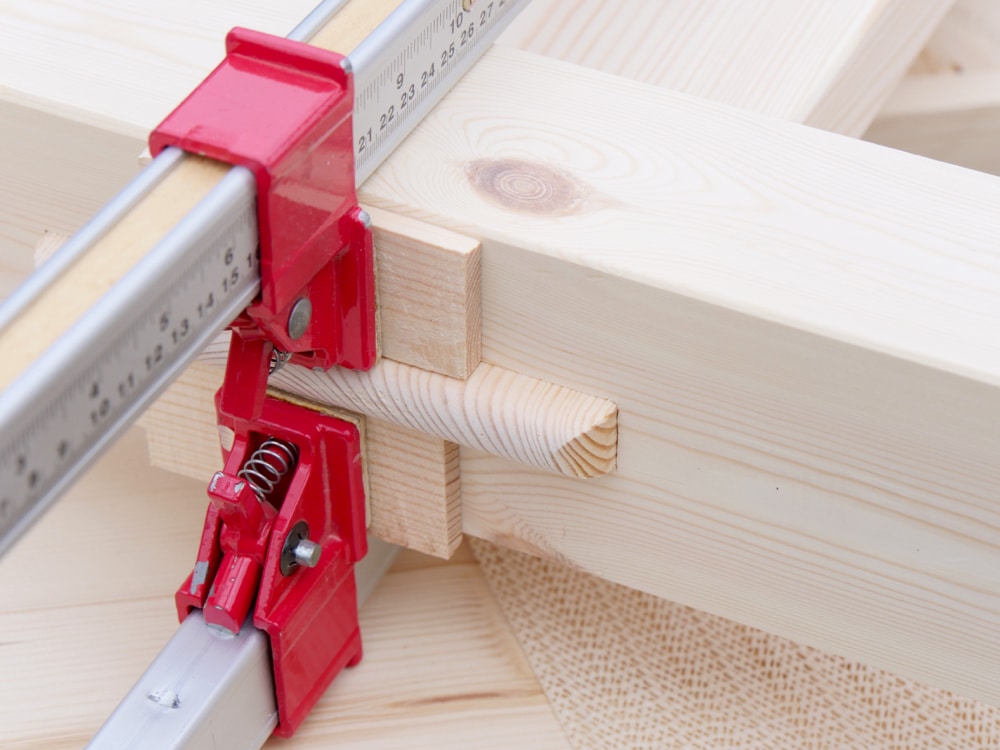
Yesterday we launched the clamp retrofit to improve lower cost clamps on YouTube here. The clamps are available in the US from Harbor Freight. They are inexpensive indeed there at only £8 a pop. In the UK you can them from Screwfix and other hardware stores. Hilka is one distributor name but these are exactly the same as Screwfix models, the difference being the colour of paint used; Screwfix is black and Hilka red. Either way, follow the steps and you will feel a great improvement. 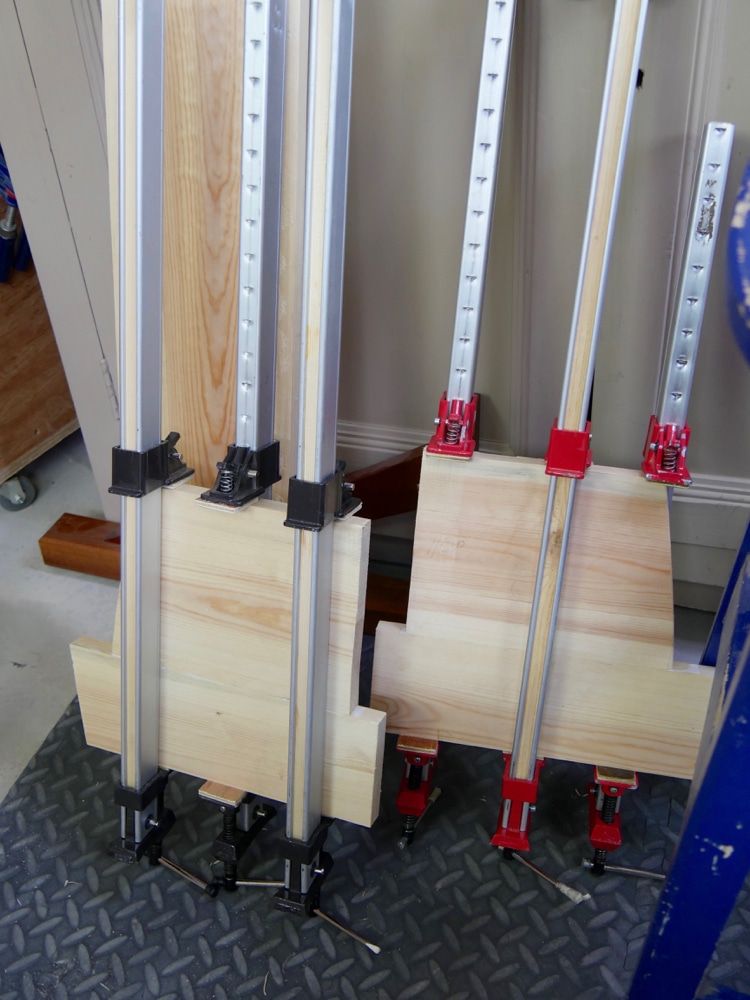
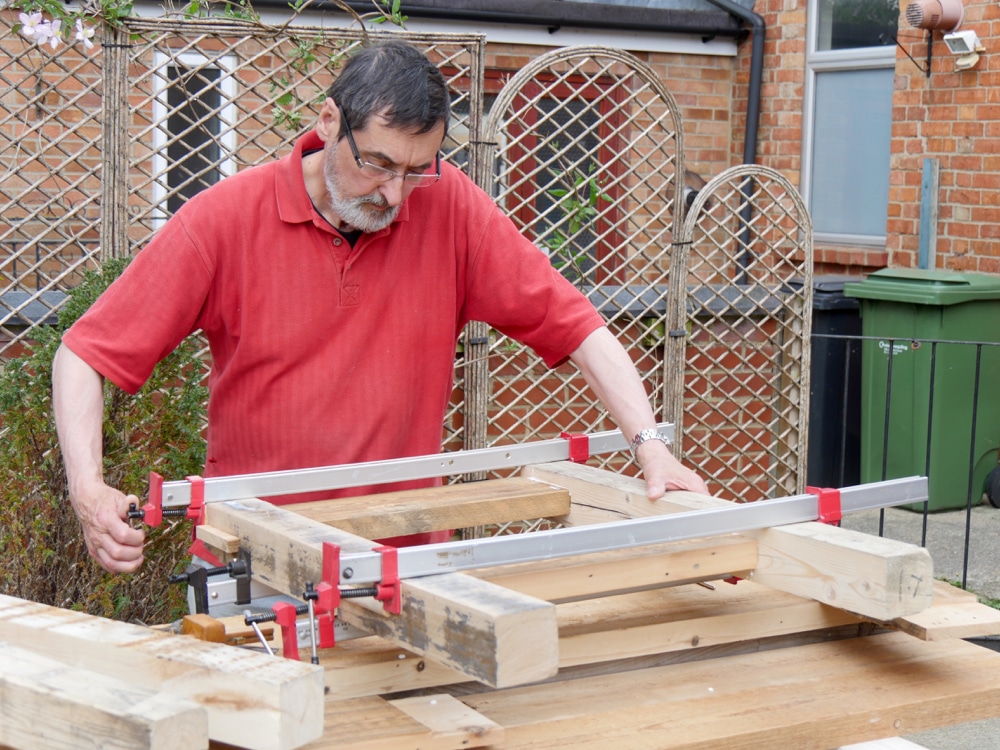
Enjoy the video and make change happen for abetter woodworking future without it costing an arm and a leg and the planet!



Thanks, Paul, for posting this. You never stop amazing us with your ingenuity. Just half an hour work or multiples of it will allow a woodworker to turn an economical bar clamp or multiples of it into a reliable clamping system.
thanks paul for everything, I signed up for the master classes and bought your book and cd love it all your are a great teacher and person
Nice work Paul…just love Ve all your videos….I wish we could get these here in Australia…Clamps are so expensive
http://www.elraco.com.au
These guys stock these in Australia, the only place I could find, from $24 to $44 ea. depending on length. Not as cheap as in the UK but substantially cheaper than the heavier metal T-bar sash clamps. I have been using these retro fitted as Paul suggests and can highly recommend them.
Agree Gary…I dont know why its so difficult.
You’ll never have too many clamps!
In Australia, these clamps are also available from
https://www.toolsforschools.com.au/media/datasheets/pdf/vices-and-clamping.pdf
Good luck
I’m just letting a couple of URLs slip on my site here from our Aussie fraternity because of difficulty our friends there are having locating the clamps and people are helping one another in that region. Please remember everyone that I am trying to cut down on input this way because the site ends up being billboarded and I like it to be non-commerce as much as possible.
Thanks Katrina and Peter for your helping.
Anyone have any suggestions for clamps in Canada. Ontario specifically. Yes we have lee valley but the clamps are generally more that $20 per clamp. Any help would be great.
Go south for a trip and buy some from Harbor Freight.
Thanks for the input, I may have to do just that.
you can also just order them from Harborfreight.com and have them delivered. $12 U.S for the 36″ clamps.
You may want to check out Princess Auto. Search their website under Bar & F-Clamps. They sell a 18″ and a 30″ F clamp, though they’re probably not that robust.
I have some of these clamps from various sources and whilst outwardly they all look the same, there are some differences. I have some Silverline ones that are light blue and they have a domed nut threaded on each end of the tommy-bar rather than just a slip on rubber cap like the others. The rubber caps are forever falling off (which makes me grumpy)
I had the casting snap on a couple of the red ones with very little pressure and a couple of my black ones have really poorly formed threads.
I think you do get what you pay for. It’s easy enough to take back flawed ones and replace them. I have around 60 of the red ones and have had no breaks. I have 20 of the black ones and no breaks and they all work just fine if I do my bit every six months and grease the parts with furniture wax.
The great thing about the “Pittsburgh” brand carried by Harbor Freight is they have a lifetime warranty. If they break due to some defect in the product, take them back and exchange them for new.
Paul, sometime ago I’ve noticed you used clamps made by Dubuque (?) from the USA.
Probabley this kind:
http://www.leevalley.com/US/wood/page.aspx?p=70618&cat=1,43838
how did you find them compared to the ones sold by HF and others?
By the looks of them they appear to be of better quality. For many of us, the only option to get Aluminum sash clamps is by ordering from abroad, so maybe it’s a good idea to go for the better quality ones in the first place. Your thoughts will be appreciated.
Thanks for the helpful video.
As a complete novice to woodwork, and historically useless at the skill, I followed your instructions to upgrade my very cheap (Screwfix) bar clamps, wow what a difference the upgrade makes. Totally different tool now, light weight, but stiff and affordable.
Great tip many thanks.
Ian B.
The Silverline sash-clamps (ref VC62 to VC65) look like those. I guess it might be the same manufacturer. I’m not sure…
Clas Ohlson stocks them in Norway, and probably the other Scandinavian countries as well. Search for “limknekt” (at least in Norwegian)
I will need clamps up to about 48″, so some Harbor Freight aluminum clamps (same as in your video) came home. Paul, you simply said you’d fit the wood to size, whoops, already done, so you simply planed a narrow face to accommodate the indents along the clamp length. OK, so far, except…
I picked up 1″x 2″ utility grade pine at the big box store and found to my mild consternation that I will need to reduce the width and depth of the wood before using the plane to accommodate the indents. Let’s see, clamps for gluing up Mission-Style radiator covers: 4 @ 48″ for horizontals, probably 6 to 8 @ 36″ for the verticals (Mission Style vertical oak slats), and maybe get by with existing shorter clamps for miscellaneous joints — mostly M&T, but probably a few housing dadoes.
That’s up to 40 feet, or so of admittedly soft pine ripping just to get the clamps in shape. Whoops, have to rip two faces, the width and depth. That’s makes it,say, up to 80 feet of ripping. Question? Did you by any chance resaw the insert pieces of wood using the band saw in the other part of the shop?
If so, I can probably make up two jigs (width and depth) to use with the old circular saw I hide (for the weight only) in back of the bottom shelf of my bench. I guess my point is that this may fall into the category you sometimes mention of bulk repetitive production when you refer to using power tools. Question: do you think so?
This question is more important than the previous one about stuffing wood into inexpensive clamps:
My bench has wooden beech clamps faces in the front and on the side tails (I treated myself to Sjoberg back when. I’d like to augment the clamps’ wooden faces with 1/2″ hardwood (sapele, walnut, oak, although sapele is a bit more dear). The problem is that in your video on refacing wood clamps, you has metal clamps wit screw or bolt holes, and I have the bare wood only. The inner faces are actually the short aprons of the bench, something I didn’t know enough about when I bought the bench.
This video uses double-sided tape to put thin plywood faces on the Harbor Freight clamps. I have the tape, but I wonder if it would be a mistake to use it on full size permanent wood bench clamps. Can I replace the thinner faces a few years down the road? If I can remove the tape, will I be able to remove the residue? Is it reasonable to simply expect to sand down the residues on the original bench clamp faces, and start afresh? Am I making much ado about nothing?
Thank you for any suggestions or encouragement that might be given.